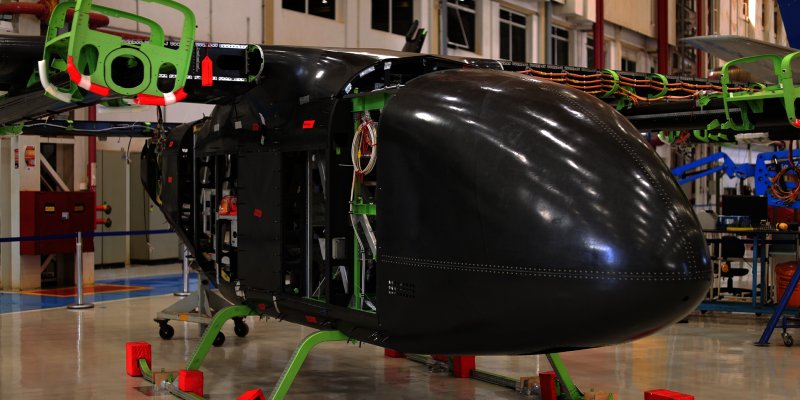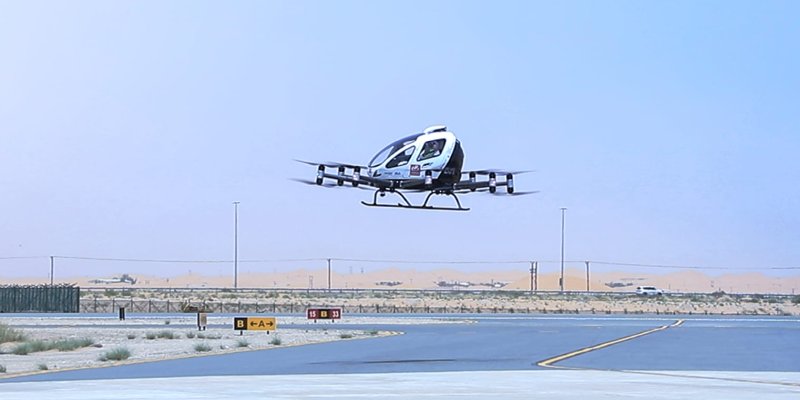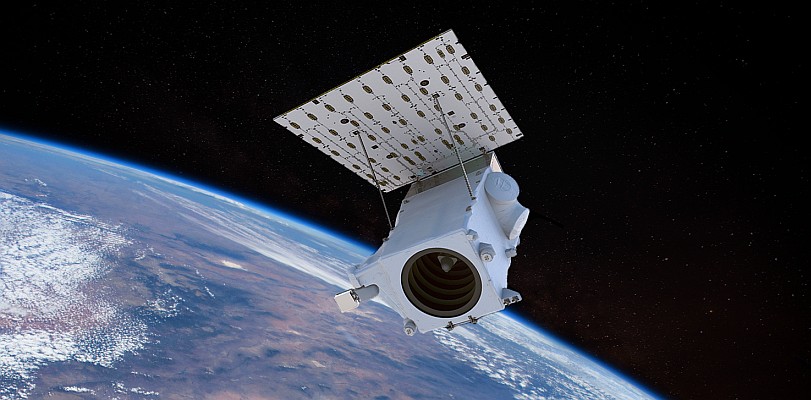 U.S. engineers say their wearable mapping system can create physical maps of locations where GPS is not available, such as in underground areas and on ships.
U.S. engineers say their wearable mapping system can create physical maps of locations where GPS is not available, such as in underground areas and on ships.
Developed by the Applied Physics Laboratory at John Hopkins University, the Enhanced Mapping and Positioning System captures a floor-plan-style map of an area traversed by a person carrying the portable backpack system, as well as 360-degree photos and sensor readings of the area using a combination of lasers and sensors.
The system based on algorithms once developed for robots, which are not practical in some environments, has a built-in allowance for normal human movement like walking, a Johns Hopkins release reported Wednesday.
Designed mainly to detect and map environmental threats on ships and in other tight, enclosed locations, EMAP can associate critical environmental data, such as radiation or radio frequency signal levels, with map locations.
“In testing EMAPS has collected of mapping data from a wide variety of GPS-denied environments including ships, underground storage facilities, Army training areas and buildings such as the Smithsonian Natural History Museum”, researcher Jason Stipes said.






